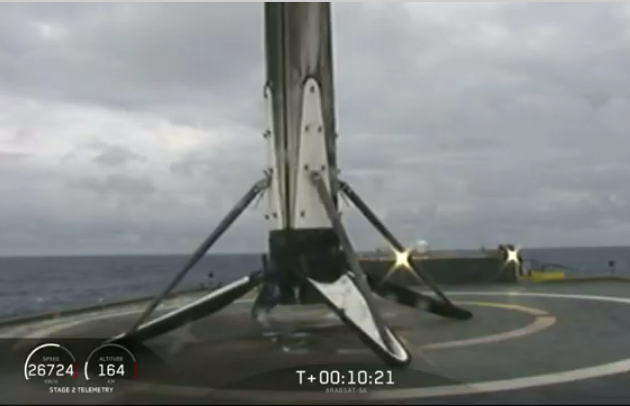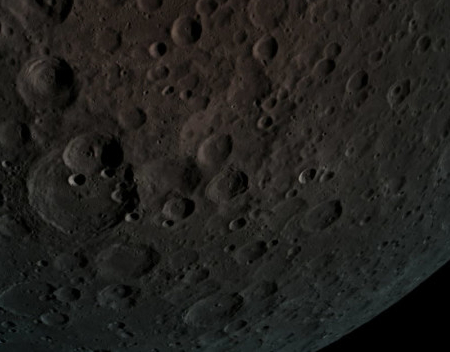SpaceX gets NASA launch contract
Capitalism in space: One week after dropping its protest for losing the bidding competition for the Lucy asteroid mission, SpaceX has been awarded by NASA the launch contract for its Double Asteroid Redirection Test (DART) mission, set for launch in June 2021.
The $61 million launch price is significantly lower than past NASA contracts for Falcon 9 launches. NASA awarded SpaceX a contract for the Sentinel-6A satellite in October 2017 for a November 2020 launch on a Falcon 9 from Vandenberg at a total cost of $97 million. The Surface Water and Ocean Topography (SWOT) satellite will launch on a Falcon 9 in April 2021 under a contract awarded in November 2016 at a value of $112 million.
This low cost technology test mission, costing a total of $9 million, was initially going to be launch as a secondary payload. That NASA is now going to pay SpaceX for a full launch is most intriguing. It seems to me that there might be a bit of quid pro quo here. NASA wanted that protest dropped, and offered this launch to convince SpaceX to do that, as long as the launch cost was kept low. $60 million is really SpaceX’s standard price for Falcon 9 launch, using new boosters, but for NASA that is the least they’ve paid. How much more this is than what NASA would have paid to launch DART as a secondary payload is the real question.
Capitalism in space: One week after dropping its protest for losing the bidding competition for the Lucy asteroid mission, SpaceX has been awarded by NASA the launch contract for its Double Asteroid Redirection Test (DART) mission, set for launch in June 2021.
The $61 million launch price is significantly lower than past NASA contracts for Falcon 9 launches. NASA awarded SpaceX a contract for the Sentinel-6A satellite in October 2017 for a November 2020 launch on a Falcon 9 from Vandenberg at a total cost of $97 million. The Surface Water and Ocean Topography (SWOT) satellite will launch on a Falcon 9 in April 2021 under a contract awarded in November 2016 at a value of $112 million.
This low cost technology test mission, costing a total of $9 million, was initially going to be launch as a secondary payload. That NASA is now going to pay SpaceX for a full launch is most intriguing. It seems to me that there might be a bit of quid pro quo here. NASA wanted that protest dropped, and offered this launch to convince SpaceX to do that, as long as the launch cost was kept low. $60 million is really SpaceX’s standard price for Falcon 9 launch, using new boosters, but for NASA that is the least they’ve paid. How much more this is than what NASA would have paid to launch DART as a secondary payload is the real question.




